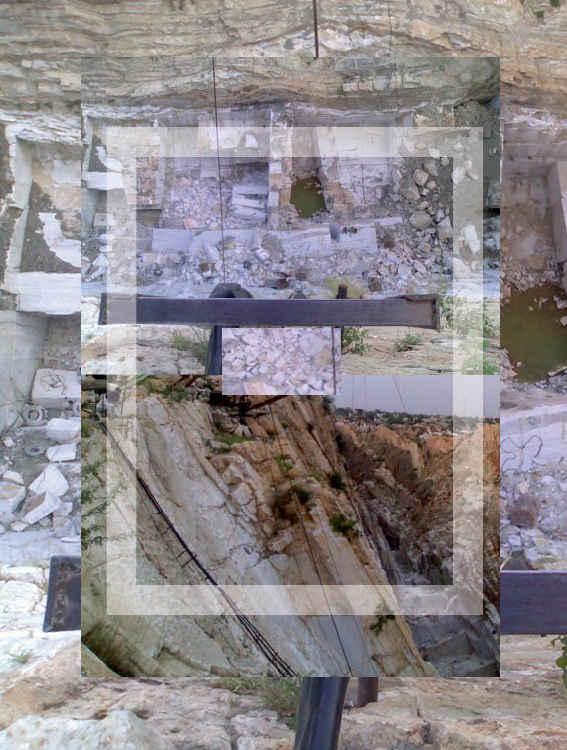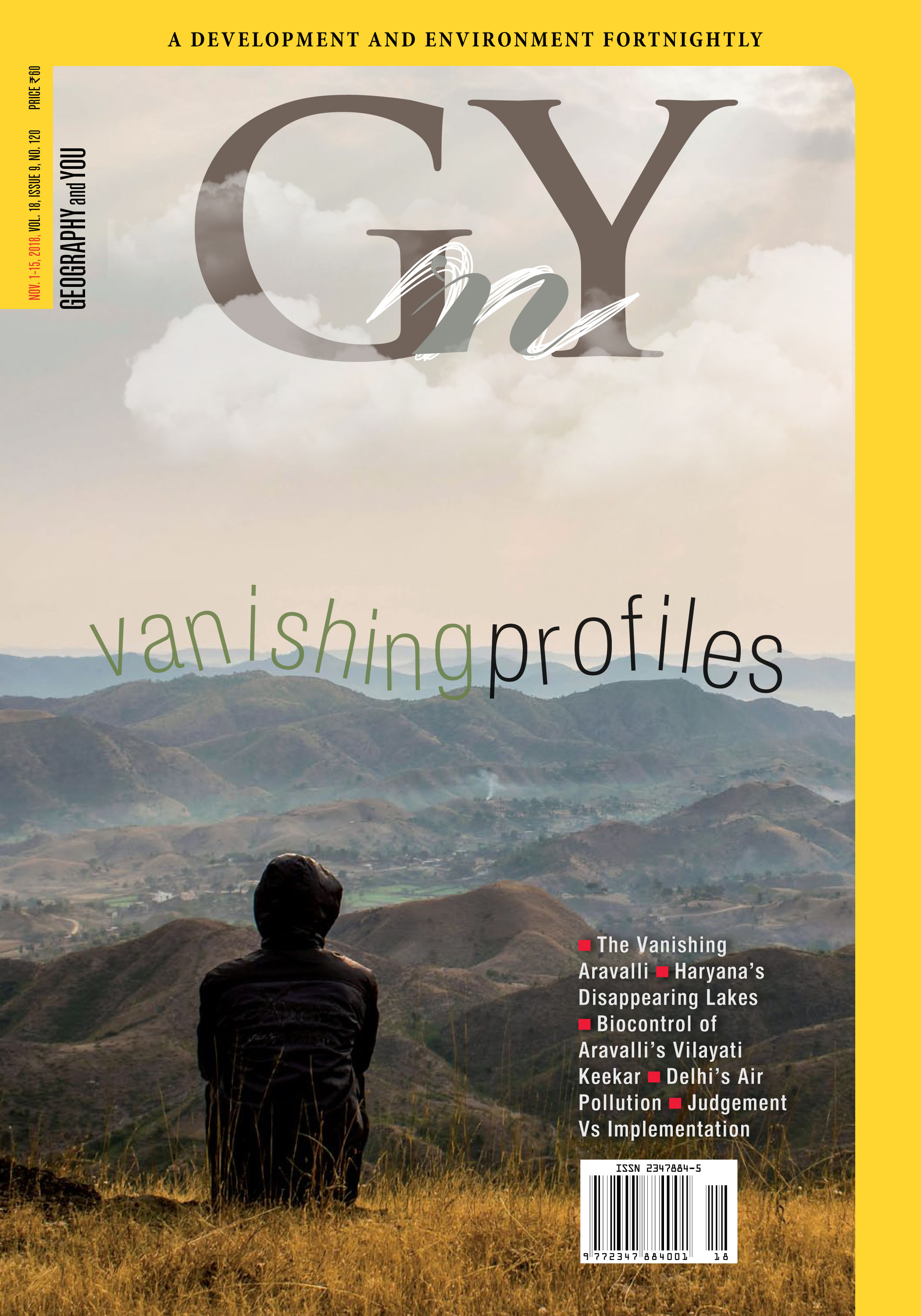
Expert Panel

Former Chairperson, National Biodiversity Authority, Chennai.
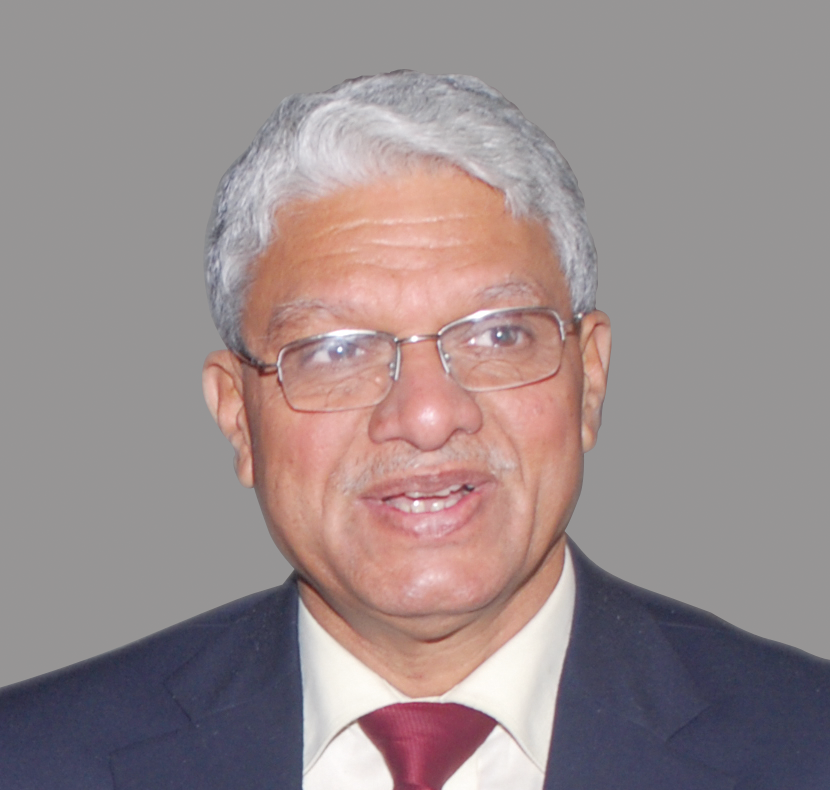
Air Vice Marshal (Retd) Former DG, India Meteorological Department (IMD), New Delhi
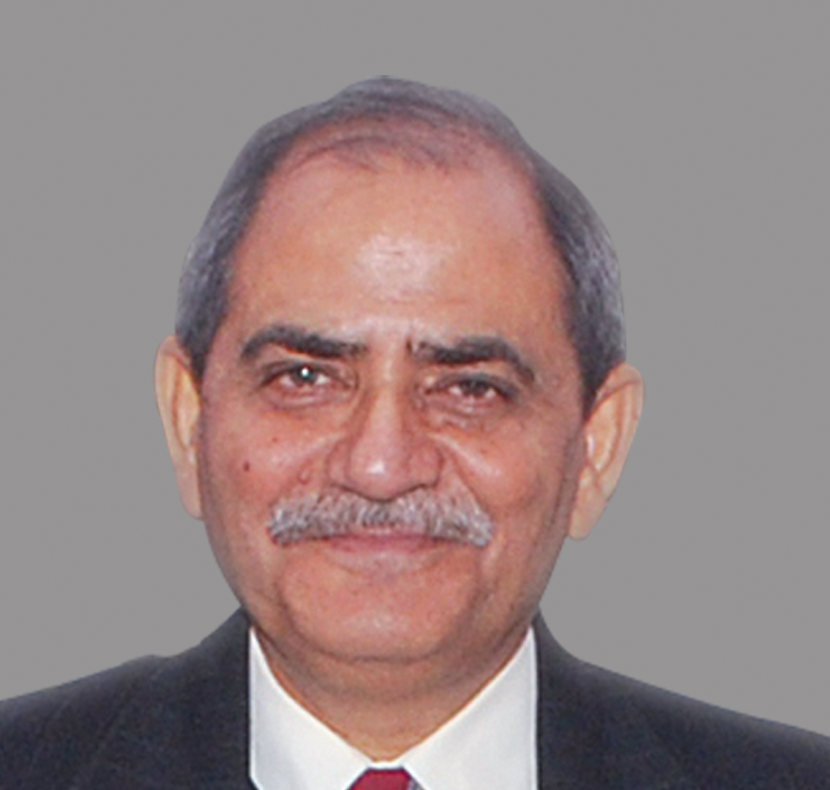
Geologist and Secretary General, 36 IGC, New Delhi.

Former Professor, CSRD, Jawaharlal Nehru University, New Delhi.
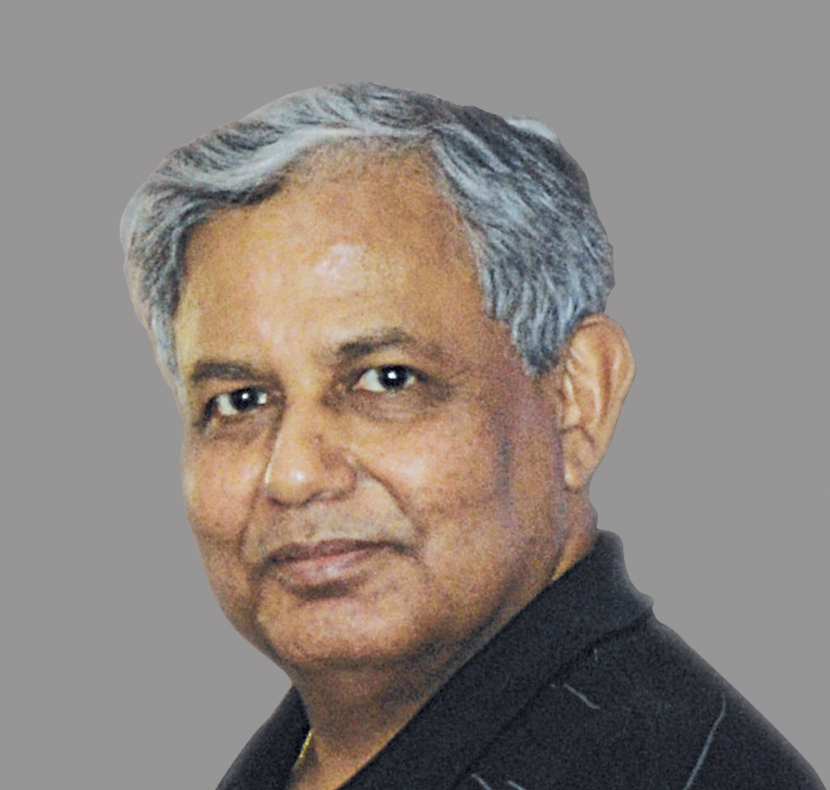
Former Vice Chancellor, MG Kashi Vidyapeeth, Varanasi

Former Member Secretary, Central Pollution Control Board, New Delhi.

Former Professor, Jawaharlal Nehru University, New Delhi

Chief Executive, ACRA, Noida, Uttar Pradesh.
Inside this issue
The Aravalli
One of the oldest mountains of the subcontinent, the Aravalli play a significant role in arresting the onslaught of the deserts from western Rajasthan and beyond, apart from preserving the rich cultural heritage. Critically, the ranges also recharge the depleting aquifers of the region.
First Report
Damdama and Badhkal, two prominent lakes situated in the north and south of the Aravalli outcrops, have all but vanished. Increasing human interference, unprecedented rise in built up area, privatisation of land for recreational purposes and unsustainable cropping activities in recent years are wiping out these lakes.
The unique climatic and edaphic characteristics of India assist biological invasion by alien species like the vilayati keekar that damage native diversity. Control methods for eradicating the species have proved futile. Although the biocontrol efficiency of Cuscuta reflexa has been established, the agent requires further trials for successful deployment.
AIRBORNE
In recent times, the Indian judiciary is playing a key role in the development of environmental norms. While various judgements passed by the courts and the National Green Tribunal have sought to prohibit environmentally harmful activities, in the absence of rigorous implementation, little progress has been made so far.
The burgeoning mega cities, especially in developing countries are expected to experience higher levels of risk and exposure to health hazards from a combination of individual, physical and environmental factors.
Damdama and Badhkal, two prominent lakes situated in the north and south of the Aravalli outcrops, have all but vanished. Increasing human interference, unprecedented rise in built up area, privatisation of land for recreational purposes and unsustainable cropping activities in recent years are wiping out these lakes.
GLOBAL TENETS
The concern for sustainable development received a policy fillip in the mid twentieth century and carved out a niche for itself in the global strategies for growth. Country level discussions have helped identify domains that influence sustainable living, yet critical concerns remain unaddressed.
IN CONVERSATION WITH
<p>C R Babu, Professor Emeritus, Delhi University speaks with G’nY on the need to preserve the Aravalli ranges, the importance of biodiversity and the ways in which degradation can be checked.</p>
In brief
Dams have changed river courses, consequently remodeling the topography. Roads and railways have been cut through forests and mountains, adding or removing topographical structures that brought forth a new skyline. But nothing could have prepared me for the visuals of mountains slashed away as publi
Recent reports about the loss of parts of the Aravalli mountains along some stretches in Rajasthan and Haryana, as a consequence of rampant mining and unplanned urbanisation, have come as a shock. People from all walks of life are raising their voices to help save the mountains. The Aravalli Ranges

